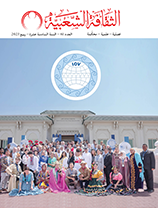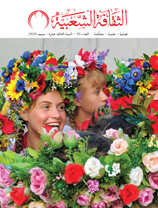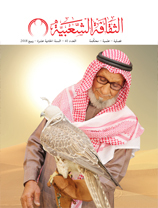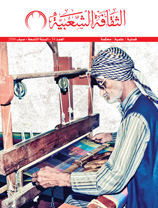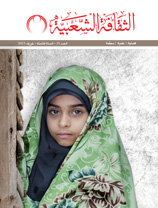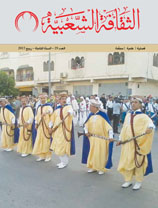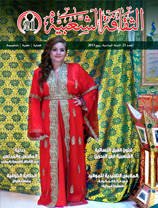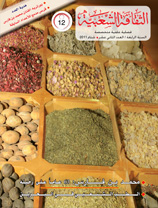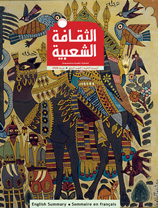Aesthetics of Modern Sufi Folk Poetry in the Djelfa Region Poet Si Ahmad bin Mi’tar as a Model
Issue 58

Ahmad Qanshuba
Djelfa University (Algeria)
Algerian folk religious poetry, notably Sufi poetry, has grown in importance in the modern era as a consequence of a confluence of factors affecting the Algerian people. The people's suffering as a result of French colonialism, which imposed a major siege on components of the Algerian Arab-Islamic identity, prompting popular poets to seek refuge in this style of poetry and celebrate it as a source of support for their identity, is perhaps the most important of these. It was the historical setting and the poets who wrote this type of poetry that made it important. Most of them were religiously literate, having studied in Sufi Zawiahs (corners) in the 19th century and in Algerian regions that played a big role in preserving Arab-Islamic culture before that.
The article attempts to extrapolate the most important aesthetics of Sufi folk poetry in the Djelfa region, which is located about 300 kilometers away in the south of Algeria, through the poems of a famous folk poet in this region and its surroundings, Si Ahmed bin Mi'tar, who lived in the ninth century, belonged to the Rahmaniyya Sufi school, and was a graduate of the most important zawiya (in the region of Bou Saada). He was most renowned for his religious and Sufi poetry. He also composed poems on nostalgia and describing the beauty of nature.
Is Sufi folk poetry less creative and attractive than other types of poetry because it focuses on religious and spiritual themes?
The paper will discuss a few questions related to aesthetic and poetic issues:
What are the main themes of Si Ahmed bin Mi'tar's poetry?
What are the artistic characteristics of his poetic imagery?
How to evaluate the aesthetics of intertextuality in his poems?











